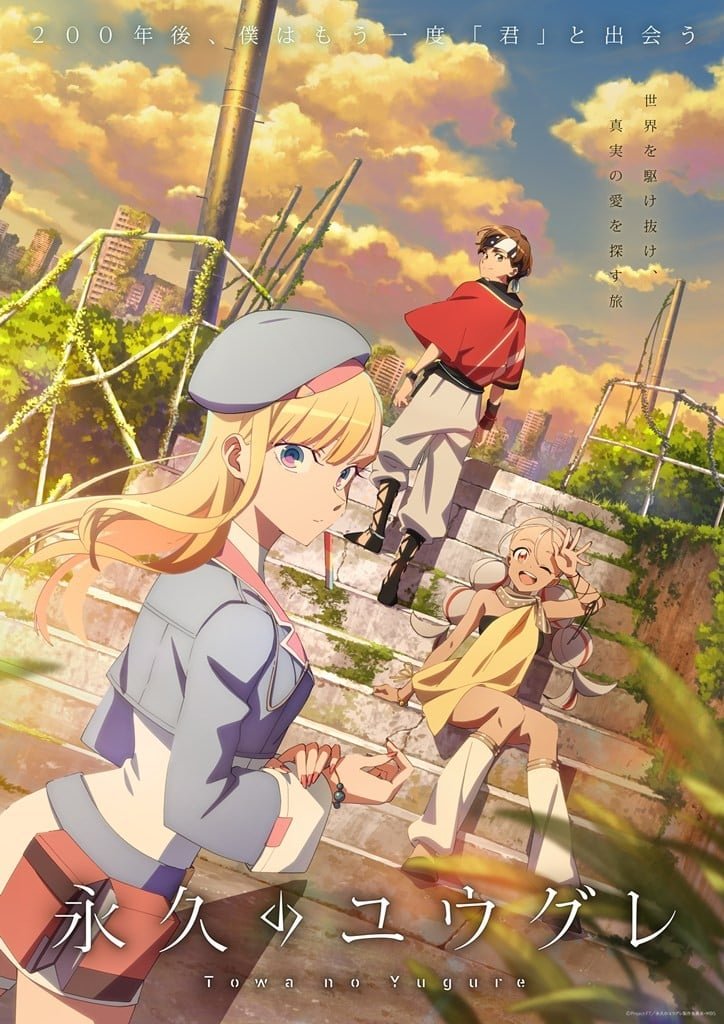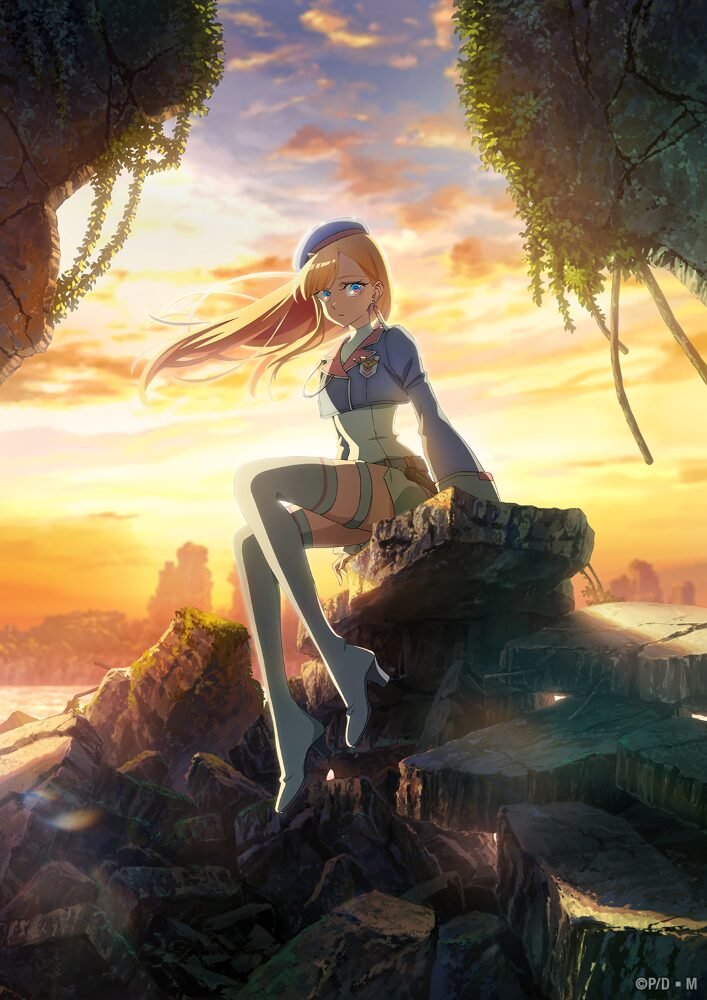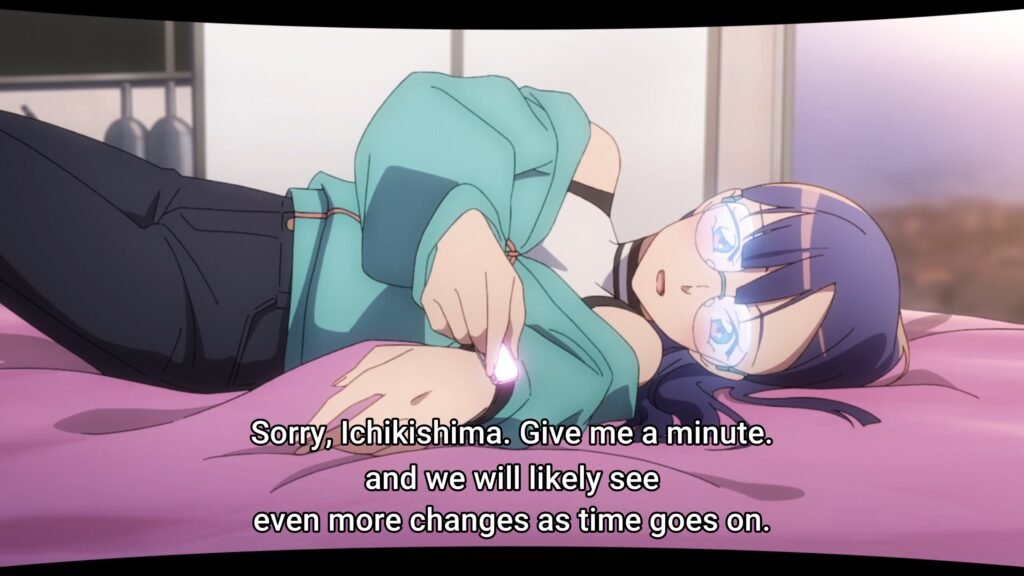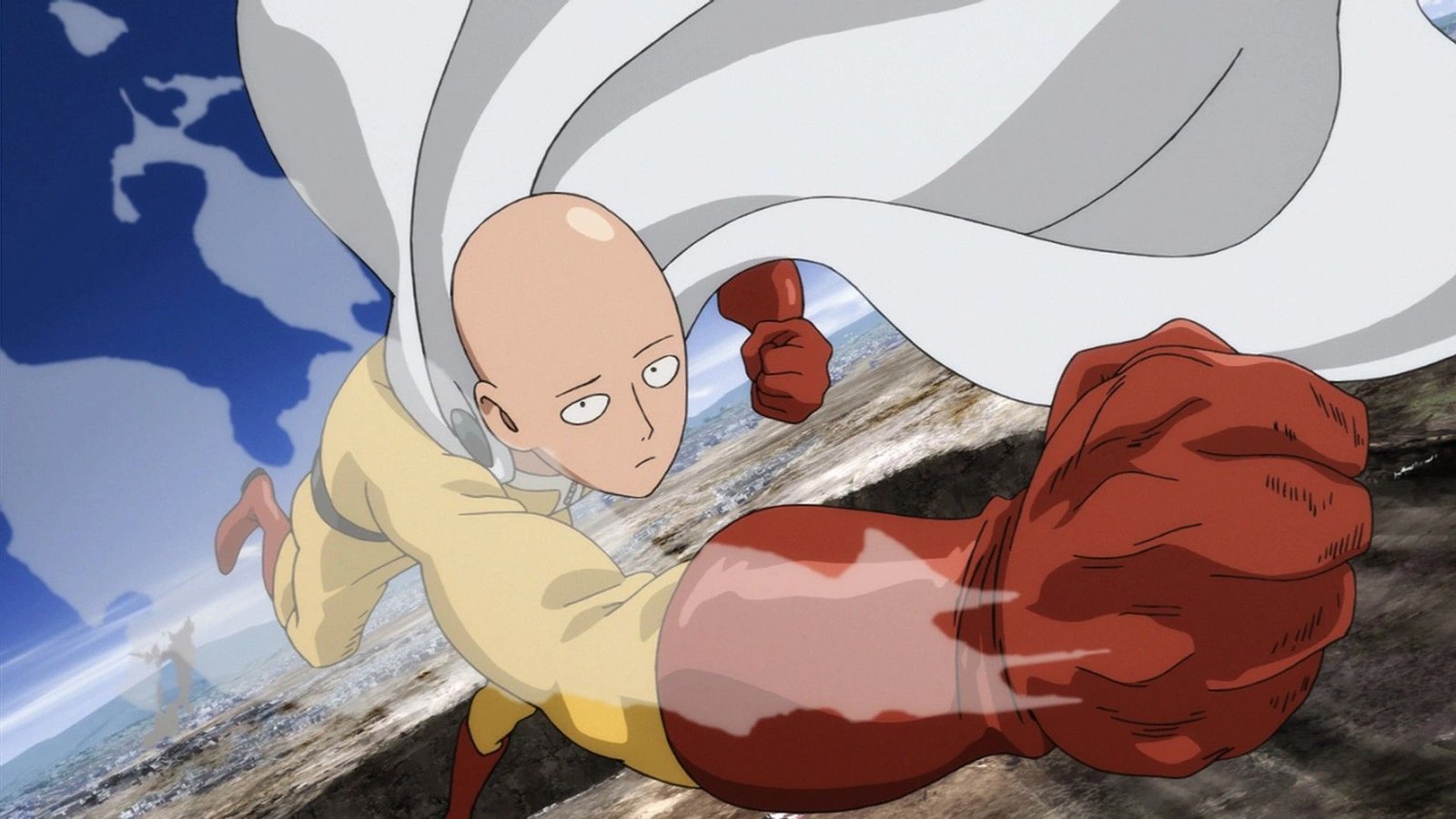Your cart is currently empty!

Watch Anime of “Sekai no Owari no Yoakemachi” (Dusk Beyond the World’s End): A Comprehensive Guide
Note on the Title: The official English title is “The Dusk at the End of the World’s Edge” or sometimes simply “World’s End Town.” “Dusk Beyond the End of the World” is a very literal and evocative translation that captures the essence of the original Japanese. This title is not a traditional anime series but a “Visual Novel” game developed by Key (a famous…

Note on the Title: The official English title is “The Dusk at the End of the World’s Edge” or sometimes simply “World’s End Town.” “Dusk Beyond the End of the World” is a very literal and evocative translation that captures the essence of the original Japanese.
This title is not a traditional anime series but a “Visual Novel” game developed by Key (a famous brand under Visual Arts, known for emotionally charged stories like Kanon, Air, and Clannad). It was released in 2024. The reason you might be looking for it as an “anime” is because Key’s works are famous for their anime adaptations, and the visual novel itself features high-quality, cinematic production that feels like an interactive anime.
1. The Core Concept and Setting: A Dying World on the Edge
The story is set in a unique and melancholic world. Imagine a town perched on the very edge of a flat world. Beyond the town’s borders lies nothing but an endless, star-filled abyss—a sheer drop into infinity. This is “World’s End Town.”
The world is in a state of perpetual and accelerating decay. A phenomenon known as “The Dusk” is slowly consuming the land. The ground at the edges crumbles away daily, and the town is constantly being demolished and moved inward to avoid falling into the void. The entire setting is a powerful metaphor for impermanence, loss, and the struggle to find meaning in the face of inevitable extinction.
Key Aspects of the Setting:
- The Abyss: The void surrounding the world. It’s both a terrifying threat and a source of mysterious, twinkling “starlight.”
- The Dusk: The creeping phenomenon causing the world to crumble. It’s an inexorable force of nature that no one can stop.
- The Town’s Structure: Life is organized and communal out of necessity. Resources are scarce, and the primary activity is the continuous, systematic demolition of the outer parts of the town to salvage materials and move the population inward.
- Atmosphere: The overall mood is one of serene sadness, nostalgia, and a fragile hope. People have accepted their fate but still find small joys in their daily lives.

2. The Main Story and Plot
The narrative follows the protagonist, Sora, a young man who works as a “Caretaker.” His job is to assist in the demolition of buildings in the areas being consumed by the Dusk. He is a quiet, observant, and somewhat detached individual, who has grown up in this dying world and accepts its fate as normal.
The plot is set in motion when Sora encounters a mysterious girl named Liko. Unlike everyone else, Liko is vibrant, curious, and full of energy. She is not resigned to the world’s end. She believes in legends of a “past world” that was full of life and color, and she is determined to find a way to save their home from completely disappearing.
The central conflict is not a physical battle against a villain, but an ideological and emotional one:
- Resignation vs. Hope: The townsfolk, including Sora initially, represent resignation. They believe the end is inevitable and focus on living peacefully until the last moment.
- Liko represents unyielding hope. She challenges the status quo, asking “why?” and “what if?” Her presence forces Sora and others to re-examine their passive acceptance of doom.
As Sora spends more time with Liko, he is drawn into her quest. They begin to investigate the mysteries of their world:
- What caused the Dusk?
- Is there any truth to the legends of a vibrant past?
- Is there a way, however small, to reverse or halt the decay?
Their journey becomes one of discovery, not just of the world’s secrets, but of their own emotions, the value of memories, and the meaning of living a full life even when time is short.

3. Detailed Character Analysis
- Sora (The Protagonist):
- Role: The viewpoint character through whom we experience the world. His name means “Sky,” which is ironic given the confined nature of his world, but perhaps symbolic of a yearning for freedom.
- Personality: Introverted, pragmatic, and emotionally reserved. He has built walls around his heart as a defense mechanism against the pain of constant loss (losing his home, his past, and eventually everything).
- Development: Liko is the catalyst for his change. Through her, he learns to feel again—hope, fear, love, and the pain that comes with them. His arc is about moving from passive observer to active participant in his own life.
- Liko (The Heroine):
- Role: The agent of change and the embodiment of hope. Her name is unique and doesn’t have a direct common meaning, setting her apart.
- Personality: Energetic, optimistic, stubborn, and deeply empathetic. She feels the sadness of the world’s end more acutely than anyone, which is precisely why she fights against it so fiercely.
- Motivation: She is driven by a belief that the world wasn’t always like this and that its story shouldn’t end in quiet oblivion. She represents the human spirit’s refusal to surrender.
- The Supporting Townsfolk:
- Characters like the town mayor, other Caretakers, and elderly residents serve to flesh out the world’s philosophy. They represent different ways of coping with the end: wisdom, nostalgia, community, and sometimes, quiet despair. Their interactions with Sora and Liko provide the moral and philosophical debates that drive the story’s themes.
4. Central Themes and Symbolism
This story is rich with philosophical and emotional themes, which is a hallmark of Key’s writing.
- The Inevitability of End and Impermanence (Mono no Aware): This is the core theme. The Japanese concept of Mono no Aware—a bittersweet awareness of the transience of all things—permeates every scene. The beauty of the world is heightened precisely because it is disappearing.
- Hope in the Face of Despair: The story asks a profound question: What is the value of hope when the situation seems utterly hopeless? Is it foolish, or is it the most human response possible?
- Memory and Legacy: As the world crumbles, so do physical records and places. The story explores what remains when everything is gone—memories, stories, and the impact one has on others.
- Living vs. Existing: The townsfolk are existing until the end. Liko wants to live, to experience everything she can, to love, and to fight, even if she fails. This is the central choice Sora must make.
- The “Dusk” as a Symbol: The Dusk is not just a physical event. It symbolizes the end of an era, the loss of memories, the approach of death, and the slow fading of all things. The “starlight” in the abyss could symbolize fragments of the past, lost memories, or potential for something new.
5. Why It’s Significant and Its Emotional Impact
As a Key production, “Sekai no Owari no Yoakemachi” is designed to be an emotional experience, often referred to as a “nakige” (crying game). Its impact comes from:
- Atmospheric Storytelling: The slow, melancholic buildup creates a deep connection to the world and its characters. When emotional moments happen, they feel earned and powerful.
- Universal Relatability: While the setting is fantastical, the themes are universal. Everyone faces endings in their lives—the end of a relationship, the loss of a loved one, the closing of a chapter. The story provides a framework for processing these feelings.
- The Power of a Single Voice: Liko’s struggle shows that one person’s hope can inspire others and change the course of a community’s spirit, even if it cannot change their ultimate fate.
- A Bittersweet Conclusion: Without giving spoilers, Key is known for stories that are emotionally complex. The ending is likely to be poignant, mixing sadness with a profound sense of hope and beauty, leaving a lasting impression on the reader.
Conclusion: Is There an Anime?
As of now, there is no anime adaptation of “Sekai no Owari no Yoakemachi.” However, given Key’s track record and the inherently cinematic quality of this story, an anime adaptation in the future is a strong possibility. If it does get adapted, it has the potential to be a critically acclaimed and deeply moving series, much like Clannad: After Story.
For now, to experience the full, detailed story, you would need to play the visual novel, which is the original and most complete source material. It is a journey worth taking for anyone who appreciates thoughtful, character-driven stories set in uniquely beautiful and tragic worlds.
Link for watch
Copyright Notice
All images, videos, and materials featured on this website are the property of their respective owners. This site does not claim ownership of any copyrighted content. All media is used for informational and educational purposes only, with proper credit and legal links to official sources whenever possible. If you are a copyright holder and wish for your material to be removed or credited differently, please contact us



Leave a Reply